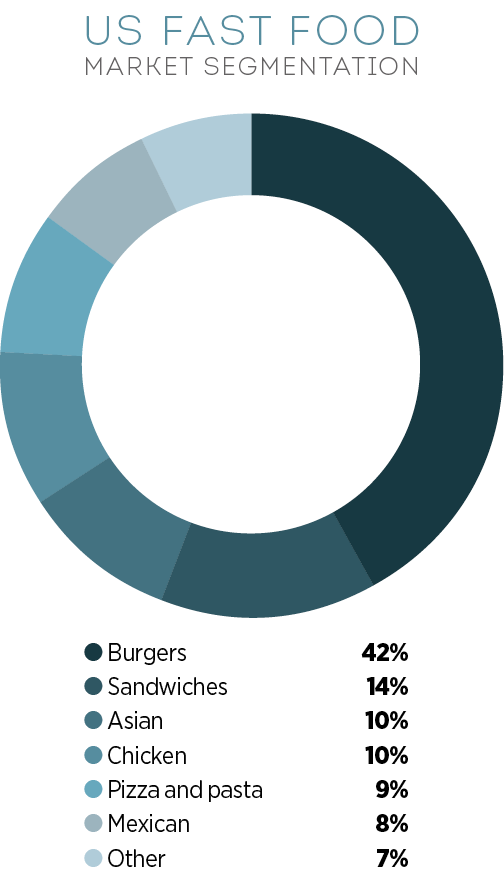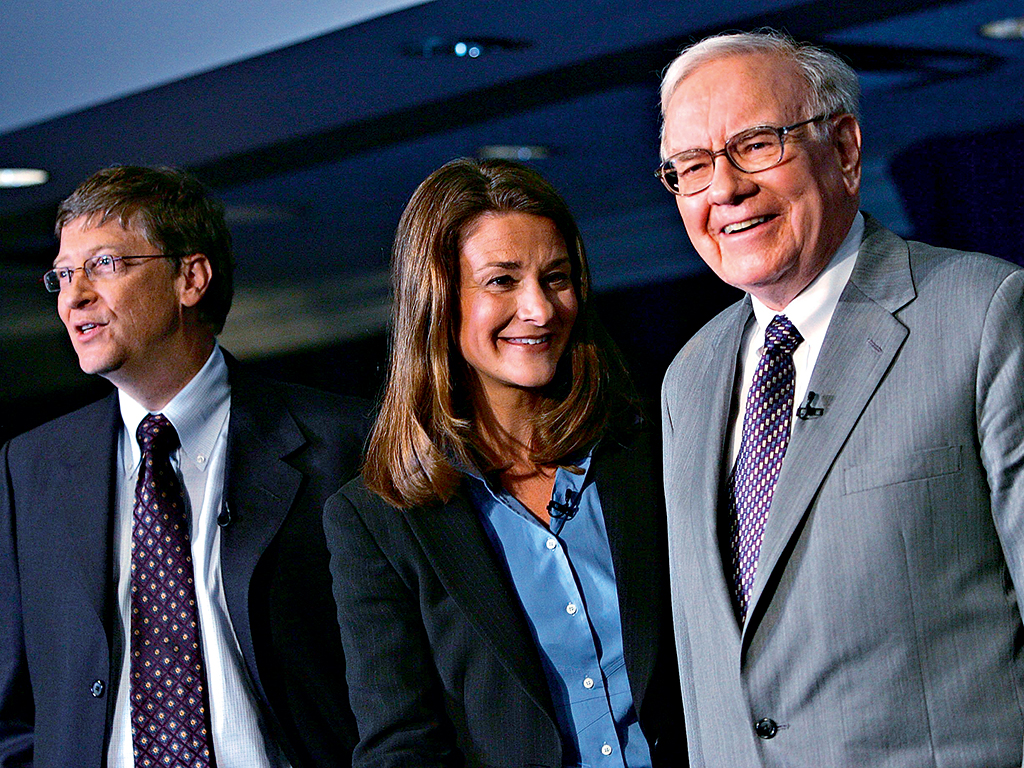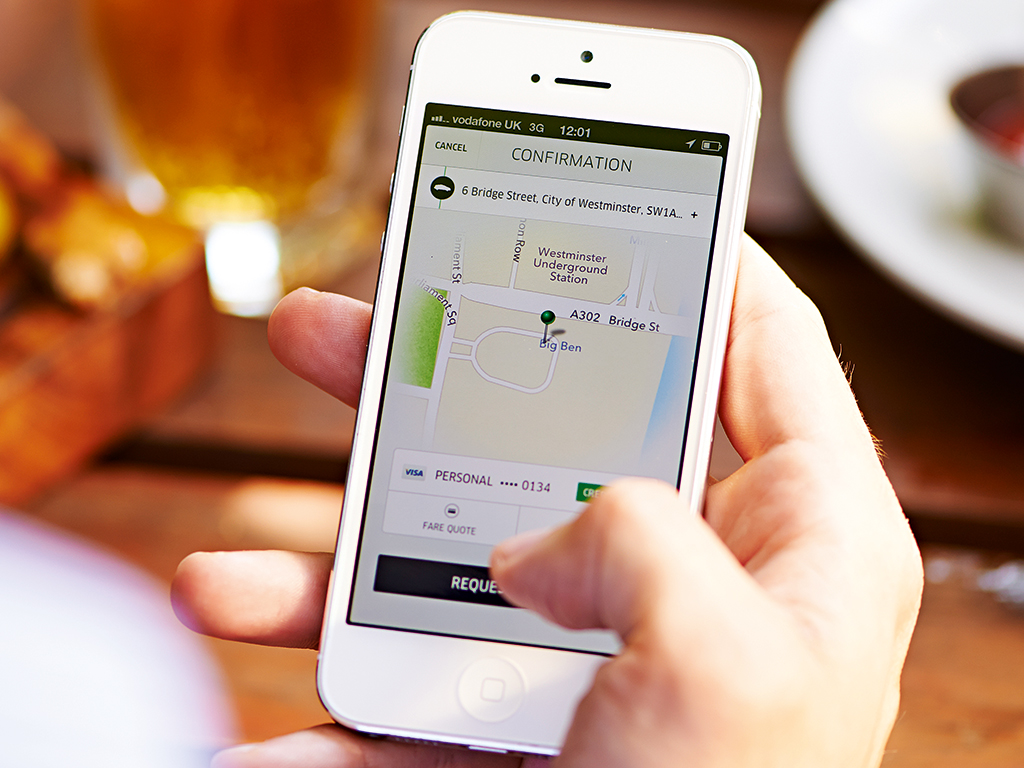“Give lovin’, get lovin’” ran the strapline for a cuddly McDonald’s ad campaign aired during this year’s Super Bowl, though not before the company unleashed a series of videos to overturn common misconceptions about its food production. In particular, it wanted to put paid to the idea its trademark chicken nuggets were made of ‘pink slime’. “I don’t know where that picture came from, but that’s not used in Chicken McNuggets”, said Amy Steward, Principal Meat Scientist at Tyson Food – though the misapprehension is a damning indictment of how far the fast food giant has fallen in the public’s esteem. Where the Super Bowl ad showed till workers encouraging customers to confess their love for one another, those with a stake in the company will be hoping it gets a look in on some of the affection.
“McDonald’s struggles are indicative of the same issues that are plaguing some of the larger juggernauts in the fast food restaurants industry”, says Andrew Alvarez, restaurant analyst at IBISWorld. Where once the Golden Arches pioneered a foodservice revolution, they are today party to another development, with American consumers fleeing McDonald’s premises in favour of more wholesome brands. Smashburger, Chipotle, Fazoli’s and Freebird’s World Burrito: these are the names striking fear into the hearts of those heading up McDonald’s, as the emerging ‘fast casual’ sector threatens to end the US’s love affair with fast food.
21%
Drop in McDonald’s earnings, Q3-Q4 2014
10%
Of the US workforce is employed by fast food
$51.6BN
Total worth of US fast food wages, 2014
$10.6BN
Profit of the US fast food industry, 2014
“It’s tough to say goodbye to the McFamily, but there is a time and season for everything”, said the outgoing Don Thompson in January, as consistently below-par results left the company with no option but to part ways with its long-time employee and loyal chief executive. Under new management, the world’s number one fast food joint will be looking to reapply the paintwork to its Golden Arches and gain ground with a millennial generation that is less-than-enamoured with its supersize offerings and seeming aversion to change.
Following a string of disappointing results, the company’s fourth quarter topped the lot in 2014, with net earnings down 21 percent on the last. The quarter’s comparable sales in the US were also down 1.7 percent and consumer traffic slid a whopping 4.1 percent, as competition and changing consumer habits hit McDonald’s where it matters most: on home soil. “Meaningful headwinds” were the words chosen by McDonald’s to describe its current predicament.
Changing consumers
The fast food market actually enjoyed a bumper year or two in the aftermath of the financial crisis, as cash-strapped consumers opted not to eat at pricey restaurants and instead park up alongside places such as McDonald’s, KFC and Burger King. The usual suspects were quick to cash in on the trend, with varying degrees of success.
By focusing on its dollar menu and dishing out generous discounts to customers, McDonald’s finished 2008 on its 55th consecutive month of increased same-store sales, and the company’s return on equity was three times the industry average, at close to 30 percent. Burger King, meanwhile, was not as successful at capitalising on the downturn, with stagnant menu choices and disagreements between the company and franchisees.
Nonetheless, consumer habits have changed a huge amount from what they were in the wake of the crisis, and a renewed focus on health and wellbeing means those seen as less-than-responsible corporate citizens have struggled to win over the masses. According to one Deloitte survey, 76 percent of respondents have healthy eating habits, which would suggest consumers are beginning to shy away from calorie-heavy fast food outlets and head instead for healthier alternatives. Of the same sample, more than half said portion sizes at fast food restaurants were too large, and 83 percent believed there should be a greater number of healthy choices on the menu.
This focus on leading a healthy lifestyle has brought a fresh review of the use of GM foods in the US market. Natural health activists have rallied to question the use of a few suspect ingredients in McDonald’s items. Mike Barrett, co-founder and editor of the website Natural Society, found that among the 19 ingredients in the company’s famous fries was dimethylpolysiloxane, also used in silly putty and silicone breast implants. The findings are significant, not necessarily for any harmful effects on the body, but for the light they shed on the supposed authenticity of fast foods, and how little consumers understand about the actual building of any McDonald’s meal.
“Consumers have moved towards health and wellness with greater concern over the ingredients they consume”, says Darren Tristano, Executive Vice President of food and foodservice research at consulting firm Technomic. “Concerns over hormone and antibiotic free proteins, more naturally or organically raised produce, sustainable practices and animal welfare issues that include free-range and humane treatment have led to a great deal of change in the supply chain and the way operators promote their philosophy and their story.”
McDonald’s, for example, is not just a leading industry name but also an important American employer and a major cog in the global supply chain. Choosing to drop any key ingredient would have huge ramifications for the foodstuff’s price and would leave hundreds of thousands of people without a job to go to. Still, the fast food colossus is equally – if not more – accountable to changing consumer preferences, and a focus on philosophy and quality in place of value has loosened the company’s hold on the market.
“This change has created an emotional connection with consumers that builds trust and ultimately loyalty”, says Tristano. “With economic conditions improving, American consumers are increasingly willing to pay more for better foods and have gravitated toward brands such as Chipotle, Panera Bread and Starbucks, which press upon the natural, local and fair trade practices used to be more environment- and community-focused.”
Fast casual
Competitors such as Chipotle, Shake Shack and Five Guys take a lot from the fast food industry in terms of logistics, but the often-superior product and higher price point mean they are bracketed as ‘fast casual’. “The fast casual sector provides challenge through a better experience and higher quality of foods”, says Tristano. “In effect, fast casual operators have raised the bar on quality of food, service, atmosphere, and customisation factors which have forced most fast food operators to rethink their strategy.”
The fast food industry employs some 10 percent of the US workforce, in 2014 paid out $51.6bn in wages, and clocked up a cumulative profit of $10.6bn, according to IBISWorld. However, it’s also an industry that is fast approaching crisis point, as companies struggle for relevance in a post-fast food era. Equipped with a distinct focus on philosophy and an often-unique selling point, fast casual restaurants are challenging fast food in an area they’ve long dominated: price. The difference this time around is companies are no longer racing to the bottom, but battling it out for superior value.
Market share of US fast food leaders
17%
McDonald’s Corporation
10.8%
Yum! Brands
6.7%
Subway
4.4%
Wendy’s Company
“The fast casual segment outcompetes the fast food segment on the basis of quality of ingredients, customised options and customer service”, says Alvarez. “Restaurants typically emphasise high-quality ingredients from local sources, and only focus on a set amount of core menu items. The segment also offers a range of healthy options as well, which has enabled them to tap into this rapidly expanding market. The fast food segment has been slow to respond to these market trends.”
Chipotle is perhaps the success story of the fast casual sector, and years of explosive sales for the Denver-based burrito chain show no sign of letting up. The chain’s fourth quarter profits in 2014 eclipsed its previous year’s profits by a mammoth 52 percent, despite missing analyst expectations. CEO Steve Ells claims the company has “created the new fast food model”, and, from what the chain has achieved so far, the claim is not as overblown as it might first appear.
Aside from the focus on health and wellbeing, leading fast casual names tend to specialise in one core area and add value through greater quality of ingredients, customer service and customisation. True, McDonald’s is currently in the process of testing a new in-store ordering service in 2,000 of its US restaurants (which will bring with it greater customisation options and a fast-casual atmosphere), but it is still lagging some way behind its competitors.
Change to the menu
By remodelling stores, improving their premium products, and incorporating the latest technological advancements in-store and online, those in the traditional fast food market are taking pains to keep pace with the competition. The issue in the main though is not necessarily that the food and service are inferior, but that those in the millennial generation are beginning to turn their noses up at a sector that has long dominated the foodservice marketplace, largely free of competition.
“Fast casual poses a significant challenge in that it has changed the limited-service competitive landscape completely, albeit for a certain segment of relatively high-income consumers”, says Elizabeth Friend, Foodservice Analyst at Euromonitor. “For this group, many of whom aren’t quite as price-conscious as other core fast food customers, they now have a wide range of higher quality options when it comes to quick and (relatively) inexpensive meals. For those consumers who remain very focused on value, McDonald’s and its peers are still very much a viable option, but even competition in this area is fierce. No matter the price point, consumers are now very discriminating when it comes to fast food, because they’ve realised that, even when extreme value is on the table, they can demand more and better in terms of the quality of the food and, even more so, the quality of the dining experience.”
A changed consumer landscape is significant for those in the foodservice industry, but so is the fact traditional fast food outlets no longer corner the market on “cheap and fast”, says Friend, which means they must differentiate themselves by another means. “Not only is McDonald’s a bellwether brand, but they’ve always been very good at navigating difficult environments. They’ve come back from tougher conditions before, but the fact that they’ve been struggling this significantly certainly speaks to challenges that will be trickling down to other fast food competitors as well.”

It’s too much to say fast food’s day is done. The industry is expected to improve marginally over the coming five years as the global economic recovery gains momentum. However, the opportunities are slim and the best chances of success reserved for those in fast casual. Forecasts show the industry will likely suffer moderate revenue declines. Even more worrying is that companies are condemned to a slow-growth environment, closing in on saturation point. According to IBISWorld findings, it’s the “meaty and greasy fast food industry” that looks set to endure the toughest test in the years ahead, though the industry’s long era of growth is “far from over”.
For decades, the leading lights of the fast food industry have been left largely unopposed, but the fact customers have a little more money in their back pockets, and a greater concern for their health and wellbeing means they must adjust accordingly. Household names such as McDonald’s and Burger King must first come to terms with the fact price cuts and stagnant sales are to be expected, if only so they can maintain foot traffic and prevent sales from slipping too far.
“With overly complicated menu offerings, inferior ingredients when compared with its fast casual competitors, and substandard methods of service, the fast food segment is expected to continue losing market share to the fast casual segment of the industry”, says Alvarez. And only by addressing excessive calorie counts and appeasing health-conscious consumers will the established giants of the industry assure their futures.



